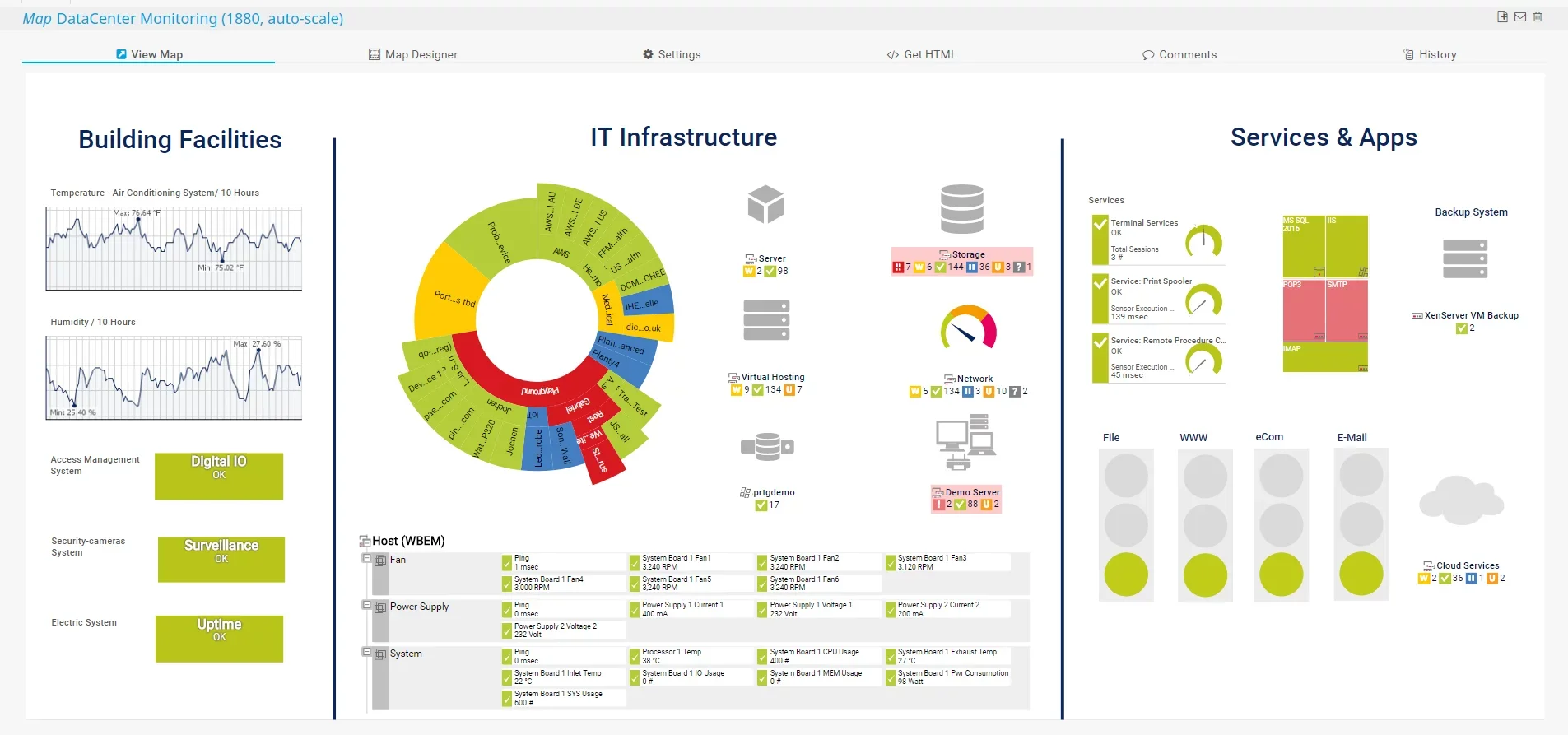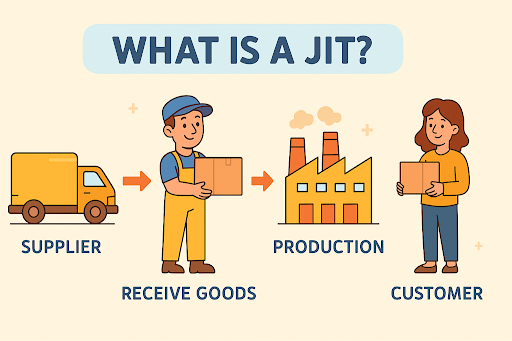Leveraging AI and Machine Learning for Enhanced IT Service Management
Updated on November 15, 2023, by ITarian

Published November 17th, 2023 by Editorial Staff
In the realm of IT Service Management (ITSM), leveraging Artificial Intelligence (AI) and Machine Learning (ML) is not just a futuristic concept; it’s a necessary evolution to meet the increasing complexity and demand of modern IT environments. AI and ML technologies are transforming how IT services are managed, offering unprecedented opportunities for increased efficiency, reduced costs, and improved user satisfaction.
AI: The New Backbone of ITSM
AI has become the new backbone of ITSM by automating routine tasks, providing deep insights through data analysis, and enhancing the decision-making process. AI-powered ITSM tools can sift through vast amounts of data to identify patterns, predict potential issues, and suggest solutions before problems affect end-users. By doing so, organizations can shift from a reactive to a proactive stance, addressing issues before they escalate into critical failures.
Machine Learning: The Predictive Powerhouse
ML, a subset of AI, further augments ITSM capabilities by learning from historical data. Over time, ML algorithms become more refined and accurate in their predictions, enabling ITSM systems to offer more brilliant resolutions to complex issues. In incident management, for example, ML can classify and route requests to the appropriate support team, reducing resolution time and freeing up human resources to tackle more complex tasks that require a human touch.
Automated Service Desks: Enhancing User Experience
One of the most tangible applications of AI in ITSM is the automated service desk. Virtual support agents or chatbots can handle common queries and basic troubleshooting tasks, offering 24/7 support to users without human intervention. This not only enhances user experience by providing instant assistance but also allows human service desk professionals to focus on more complex and rewarding work.
Predictive Analytics: Preventing Downtime
Downtime can be costly, and ML excels in predictive analytics, which can forecast system outages or failures before they happen. By analyzing trends and patterns from historical incident data, ML algorithms can alert ITSM professionals to take preemptive measures. This proactive approach to system maintenance ensures higher availability and reliability of IT services.
The Human-AI Collaboration
Integrating AI and ML in ITSM does not diminish the role of IT professionals; rather, it enhances it. AI and ML tools serve as collaborators, taking over mundane tasks and providing insights that allow humans to make more informed decisions. The human-AI collaboration leads to a more dynamic, agile ITSM environment where humans and machines learn from each other, constantly improving the overall service management process.
Understanding the Role of AI in Modern IT Service Management
In the sphere of Information Technology Service Management (ITSM), the integration of Artificial Intelligence (AI) is fundamentally reshaping the way IT services are delivered and managed. AI’s role in modern ITSM is multifaceted, touching on various aspects of service delivery—from automating tasks to driving significant improvements in efficiency and effectiveness.
Automation and Efficiency
One of the primary roles AI plays in ITSM is the automation of routine and repetitive tasks. This is not just about reducing the workload on IT staff but also about speeding up response times and improving accuracy in handling IT requests. AI-enabled tools can process service tickets, categorize them, and suggest solutions based on historical data. This level of automation results in a more efficient allocation of resources, allowing IT professionals to focus on more strategic initiatives that require their expertise.
Predictive Analysis and Proactive Management
AI’s predictive capabilities are transforming ITSM from a traditionally reactive model to a proactive one. By analyzing trends and patterns within the vast amounts of data generated by IT systems, AI can predict potential issues and service disruptions with a significant degree of accuracy. This allows ITSM professionals to address problems before they impact the business, effectively minimizing downtime and the associated costs.
Enhanced Decision Making
AI aids in complex decision-making by providing IT managers with actionable insights from analyzing large datasets. This can include identifying which system upgrades are most critical, where to allocate the budget most effectively, and how to optimize IT processes. The decision-making support that AI offers is not about replacing human discretion but enhancing it with empirical, data-driven insights.
Optimizing User Experience
AI-powered chatbots and virtual assistants have become the front line of ITSM, providing users with immediate, round-the-clock support. These AI interfaces constantly learn from user interactions to provide more accurate responses and support over time. The user experience is significantly enhanced when users receive instant, precise assistance, increasing satisfaction and productivity.
Continuous Learning and Improvement
AI in ITSM is not a static implementation but a continuously evolving element. ML algorithms are designed to learn and improve over time. This means that the more an AI system is used within ITSM, the better it becomes at predicting and resolving IT issues, suggesting improvements, and automating tasks. This continuous learning loop is vital for aligning IT services with business needs and technological advancements.
Facing the Challenges
Integrating AI into ITSM does come with challenges, including ensuring data quality, addressing data privacy concerns, and overcoming initial resistance to change within the organization. There’s also the imperative to maintain the AI systems, ensuring they are trained on current data and are operating within the ethical guidelines established by the organization.
The Evolution of ITSM: From Manual to AI-Driven Processes
The evolution of IT Service Management (ITSM) reflects the broader journey of technological advancement, particularly the shift from manual processes to those augmented and, in some cases, driven by Artificial Intelligence (AI). This transformation has happened over time but through the progressive application of technological innovations to solve traditional ITSM challenges.
The Manual Beginnings
Traditionally, ITSM was characterized by heavily manual processes. Service desks were staffed by technicians who would respond to service requests and incidents as they arose, often resulting in bottlenecks and delays. IT professionals had to sort through issues manually, prioritize them, and often react to problems after they had disrupted services. This approach was not only time-consuming but also prone to human error, leading to inconsistent service quality and user satisfaction.
The Rise of Automation
The first significant shift came with the automation of routine tasks. Simple rule-based automation helped manage workflows, routing tickets, and providing essential reporting functions. While this was a step forward, it was still limited by the predefined rules. It could not learn or adapt, meaning the system could only handle anticipated scenarios.
The Integration of AI and ML
The introduction of AI and ML technologies marked a new era for ITSM. AI tools began taking over more complex tasks, such as parsing natural language to understand user queries and using historical data to make dynamic decisions about issue resolution. Machine Learning algorithms, through their ability to learn from data patterns, enabled the creation of predictive models that could anticipate failures and automate their solutions.
From Reactive to Proactive ITSM
This technological leap propelled ITSM from a reactive service model to a proactive one. Instead of waiting for issues to occur, AI-driven ITSM platforms could predict and prevent them. Predictive analytics powered by AI became instrumental in forecasting potential service outages, allowing IT teams to mitigate risks before they could impact business operations.
Optimizing with Cognitive Intelligence
The current state of ITSM is one where cognitive intelligence – a blend of AI and human decision-making – optimizes service delivery. Cognitive search and analytics enhance the ability of ITSM platforms to provide insights and recommend actions, often in real time. This level of intelligence is not just about efficiency; it’s about delivering personalized service experiences and continuously adapting IT services to the needs of the business.
The Challenges of Transition
This evolution, however, has not been without its challenges. Migrating from manual to AI-driven processes requires a significant cultural shift within an organization. It demands new skill sets, changes in operational practices, and a willingness to trust automated systems. There’s also the need for a robust framework to govern AI ethics, data security, and privacy.
Looking to the Future
As ITSM continues to evolve, the future promises even greater integration of AI, with advancements like deep learning and neural networks poised to tackle more complex problems. This could see ITSM systems not only responding to the environment but also shaping IT strategy by offering insights derived from a deep understanding of data patterns and user interactions.
Challenges and Considerations in AI-Powered ITSM
As IT Service Management (ITSM) embraces the power of Artificial Intelligence (AI), it brings to light several challenges and considerations that organizations must navigate. Integrating AI into ITSM processes is a sophisticated maneuver fraught with technical complexities and strategic dilemmas.
Data Quality and Integrity
For AI to be effective, it requires high-quality data. The adage ‘garbage in, garbage out’ is particularly pertinent in AI-powered ITSM. Data quality can lead to accurate AI outputs, which can disrupt ITSM processes rather than streamline them. Ensuring data integrity involves rigorous data collection, processing, and management protocols.
Privacy and Security
With AI systems processing vast amounts of sensitive data, privacy and security become paramount. AI in ITSM must comply with data protection regulations such as the GDPR and others. Additionally, there’s a need to safeguard against AI-specific threats, such as adversarial attacks that can manipulate machine learning models.
Integration with Existing Systems
Many organizations have legacy systems at the core of their IT infrastructure. Integrating AI-powered tools with these can be challenging. Compatibility issues can arise, and with seamless integration, organizations can leverage the full potential of AI in ITSM.
Overcoming Resistance to Change
Change management is a significant hurdle. There often needs to be more resistance from IT staff, who may view AI as a threat to their jobs rather than a tool to augment their capabilities. Overcoming this requires organizational leadership to communicate the benefits of AI effectively and to involve ITSM personnel in the transition process.
Balancing Automation and Human Oversight
Determining the right balance between automation and human intervention is critical. While AI can handle many tasks more efficiently than humans, there are nuances and complex issues that still require human insight. The challenge is to deploy AI where it can have the most impact while maintaining human oversight where it is most valuable.
Ethical Considerations
AI systems sometimes reflect biases in their training data, leading to discriminatory practices. It’s vital to consider the ethical implications of AI decisions and to establish guidelines for ethical AI use in ITSM. This includes ensuring AI systems are transparent, and their decision-making processes are explainable.
Maintaining AI Systems
AI and machine learning models are not set-and-forget solutions. They require continuous monitoring, maintenance, and retraining to stay effective. This ongoing maintenance requires dedicated resources and expertise, which can be a significant consideration for ITSM teams.
Performance Metrics and KPIs
With the introduction of AI into ITSM, more than traditional performance metrics may be required. Organizations need to develop new key performance indicators (KPIs) that reflect the value AI brings and how it is transforming ITSM processes.
Cost Implications
There are also cost implications to consider. While AI can reduce costs in the long run, the initial investment in technology, as well as the expertise to implement and manage it, can be substantial. Organizations must weigh these costs against the potential benefits and savings.
Skills and Expertise
Finally, successfully implementing AI in ITSM requires a workforce with the proper skill set. There is a growing need for IT professionals who are not only tech-savvy but also have the expertise to manage and interpret AI systems.












